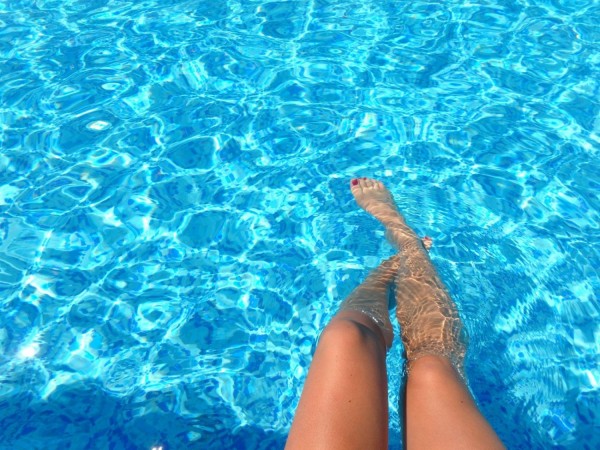On average, there are ten drownings that occur every day. Lipcon, Margulies & Winkelman, PA shares how to prevent pool tragedies.
Do you know what drowning looks like?
One of the reasons why it is so difficult to spot someone who is drowning is because they look almost like they are playing. It can take a person several moments to realize a swimmer is in distress. Usually victims begin to panic once they start to realize they have lost control of their body or their buoyancy. That causes them to want to flail with their arms. It's this motion that people often confuse for playing.
But other signs make the drowning more obvious and are important for lifeguards and public pool guests to know. One of the biggest myths of drowning is that victims have the ability to cry for help. This is not true. When a person is drowning, they are often hyperventilating or gasping and therefore cannot scream. One must keep their eyes on the water in order to see it because you will not hear it. Lifeguards and other rescuers have described drowning victims as looking like they are silently trying to climb an invisible ladder under the water. Other signs of drowning include:
-
Head tilted back with their mouth open
-
Mouth is at water level, sometimes bobbing up and below water level
-
Eyes closed
-
Hair over their eyes or forehead
Never Swim Alone
Parents need to supervise their children at all times. It's not enough to assume that because there are other adults by a pool that by their altruism alone they would keep an eye on your kids. Responsible adults do not get distracted by books, their cell phone or conversations when they need to be watching children. If a child is younger than elementary school age or not a confident swimmer, then the adult who is supposed to be supervising the child should be within arm's length of the child.
Don't Rely on Floating Toys
Foam toys and other blow-up floating devices that make it easier for swimmers to stay above water are not sufficient to help a swimmer with less experience or confidence. If a swimmer is struggling in the water, then they should be wearing a life vest until they have acquired the skills and confidence just doing their own.
Avoid the Pool During Storms
Some pool areas now have lightning alarms that will go off whenever lightning has struck, or there's intense electrical activity within 2 miles of the pool. But don't assume that every public pool is equipped with one of these alarms. Never go swimming when you hear thunder or when you see lightning. Seek shelter indoors instead.
Community Swim Lessons
Parents and loved ones of children or people who can't swim are highly encouraged to check out community swim programs at a YMCA, school, or your city's recreation department that can teach them swimming basics and help them gain their confidence in the pool. Children who know how to swim are far less prone to drowning. Some community swim classes even teach children what to do when they accidentally fall into a pool or body of water to prevent them from panicking. Like most things, preventing an accident or tragedy comes from education.


